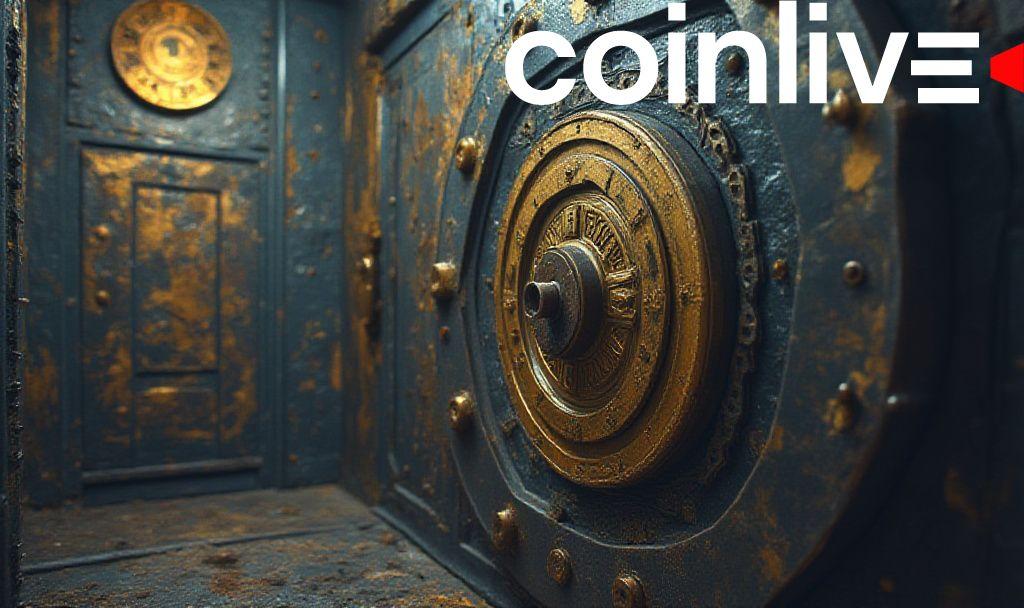- Main event involves $223 million security breach at Cetus Protocol.
- Smart contracts paused for investigations.
- Financial recovery initiated for affected users.

Lede: Cetus Protocol, a decentralized exchange on the Sui blockchain, experienced a security breach on May 22, 2025, resulting in a $223 million loss.
Nut Graph: This event underscores vulnerabilities in DeFi security, prompting urgent response actions to safeguard digital assets.
The security breach at Cetus Protocol led to the loss of approximately $223 million. This prompted immediate measures to halt smart contracts and mitigate further damages. The breach was initially discovered and publicly confirmed on May 22, 2025.
Key figures, including industry leaders, have been involved in the resolution efforts. The Cetus Protocol team and Sui Network developers are instrumental in addressing vulnerabilities. Cetus Protocol shares important project updates. Collaborative efforts are underway to secure remaining funds and propose structural changes.
The breach’s impact was swift, notably affecting crypto markets and stakeholder confidence. The value of CETUS plummeted, reflecting investor reactions. With status updates from 0xFitz on recent developments, concerns have escalated about cross-chain security vulnerabilities.
Immediate containment and strategic decisions follow the breach, emphasizing financial integrity and community trust restoration. An on-chain vote has been proposed for protocol upgrades, reinforcing decentralized decision-making ethos in crisis resolution. “We have paused our smart contracts temporarily for safety while investigating the incident,” confirmed the Cetus Protocol Team.
As the breach unfolds, stringent security protocols are prioritized across DeFi platforms. Economic repercussions continue to influence market dynamics, with the potential for affected stakeholders seeking external assistance. Cetus Protocol’s response to decentralization hack provides insights into the ongoing recovery efforts.
Future outcomes may include regulatory scrutiny on smart contract robustness, highlighting the industry’s ongoing challenges with security resilience. Historical data draws parallels with past events, underscoring the necessity of adaptive measures in safeguarding digital assets.








